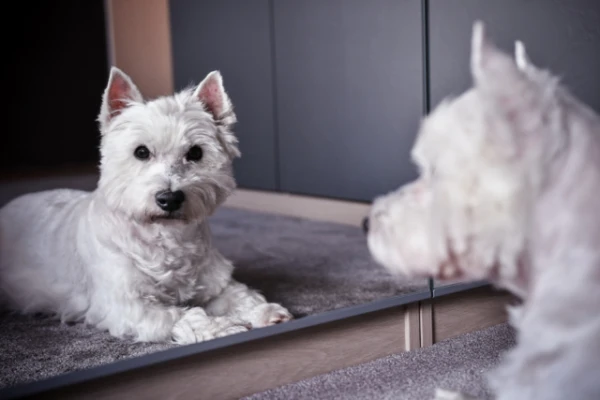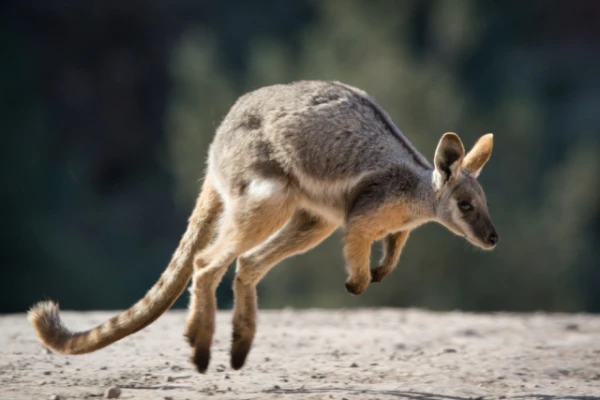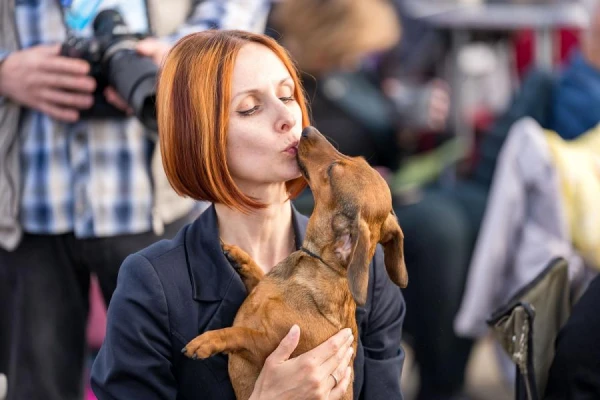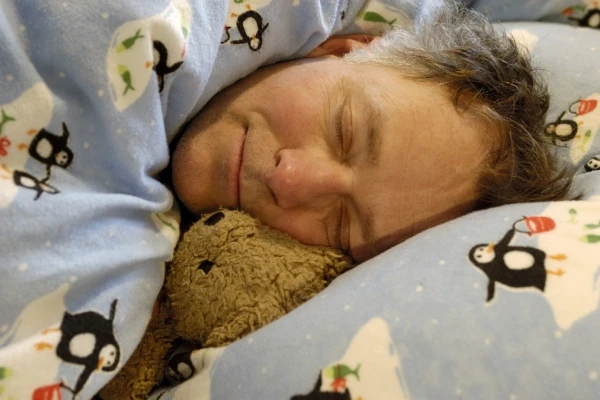
The mirror test, developed by psychologist Gordon Gallup in 1970, is an experiment aimed at determining the ability of animals to recognize themselves in the mirror.
In the classic version, a mark is placed on the body of an animal in a state of sleep, which it cannot see without the help of a mirror. If, after waking up, the animal begins to examine or touch the mark while looking at its reflection, this is considered a sign of self-awareness.
Experiments have shown that the ability to recognize oneself in the mirror is confirmed in great apes (chimpanzees, gorillas, orangutans), elephants, dolphins, orcas, and also in some birds — crows and magpies. These animals realize that they are seeing themselves in the mirror, not another individual. At the same time, it is significantly more difficult or even impossible for dogs, cats, and parrots to pass the test.
The mirror test is not definitive proof of self-awareness; however, it serves as an important tool for studying the cognitive abilities of animals. For example, elephants not only successfully pass this test but are also capable of creating works of art, indicating a high level of self-expression.
Thus, the mirror test helps researchers gain a deeper understanding of how capable animals are of self-awareness and awareness of the surrounding world, expanding the notions of consciousness beyond human experience.












